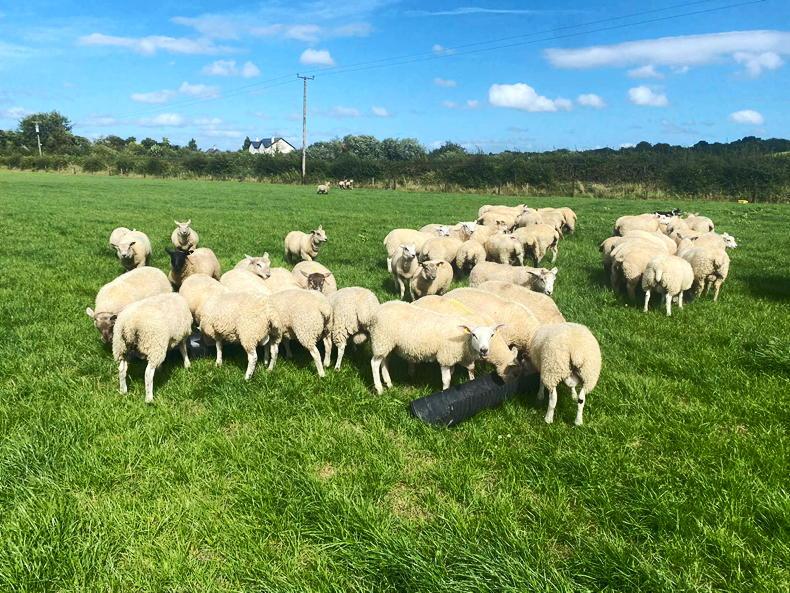Slaughter performance
One of this week’s sheep features on page 35 takes a deeper look in to the slaughter performance of lambs on Tullamore Farm.
Poor performance has been an issue for many farmers this year, and moves by factories to introduce significant price penalties for lambs killing below 16-17kg carcase weight also reflect the situation.
The experience from Tullamore Farm shows the importance of monitoring performance and using all information at hand to optimise returns when drafting lambs.
Reports indicate that slaughter performance is most variable in ram lambs, which is not surprising.
A safe bet when drafting is to factor in a possible kill-out of 42% in mid-season ram lambs, rising to 43-45% for late-born lambs or lambs finished on an intensive diet.
This number could fall back to 40% or under for strong crossbred lambs or lambs with a poor flesh cover.
This is only a guide, with significant variation between farms and also regions highlighting the value of weighing lambs pre-slaughter and monitoring performance.
At this stage of the year it is important that finishing plans are in place for strong ram lambs, including grazing these out of sight of ewe lambs or ewes.
Building grass covers
All areas have received sufficient rainfall at this stage. Areas worst affected by the soil moisture deficit will need to persist with the measures put in place to conserve feed supplies until the farm cover builds to a stage to get the farm back on track.
The length for which plans have to continue will be influenced by the farm’s stocking rate, demand for grass and how grass growth rates respond.
Failing to take stock and getting back to normal grazing behaviour too quickly will likely diminish any hopes of getting back on track at this point in the year.
The plan in early September should be for farms to build grass covers to a point of having about 20 days grazing ahead, with the rotation lengthening out to having about 30 days grazing ahead in early October.
It may seem early to be discussing spring grazing when so many farms are struggling with autumn grazing, but plans for the next four to six weeks should also tie in with plans for closing areas that will be required first for grazing next spring. Again, it is worth weighing up the farming system with regards to breeding and lambing dates.
Cobalt deficiency
A jump in grass growth rates is likely to see cobalt deficiency issues in lambs persist. This will especially be the case if heavy rainfall continues and lambs are grazing lush grass with a low dry matter content.
The characteristic signs to be aware of are lambs performing below target or failing to gain satisfactory condition despite being on a good plane of nutrition.
Visual symptoms are lambs going dry in the wool and the skin on their ears becoming scaly or scabby, with skin flaking away.
Lambs require about 1mg cobalt per day, and as sheep do not have the ability to build and store cobalt in their bodies, regular supplementation is required.
The general recommendation where drenching is to do this ideally every two weeks and at least every three weeks, while administering a bolus or feeding concentrates with satisfactory mineral inclusion rates are other options.






 This is a subscriber-only article
This is a subscriber-only article











SHARING OPTIONS: